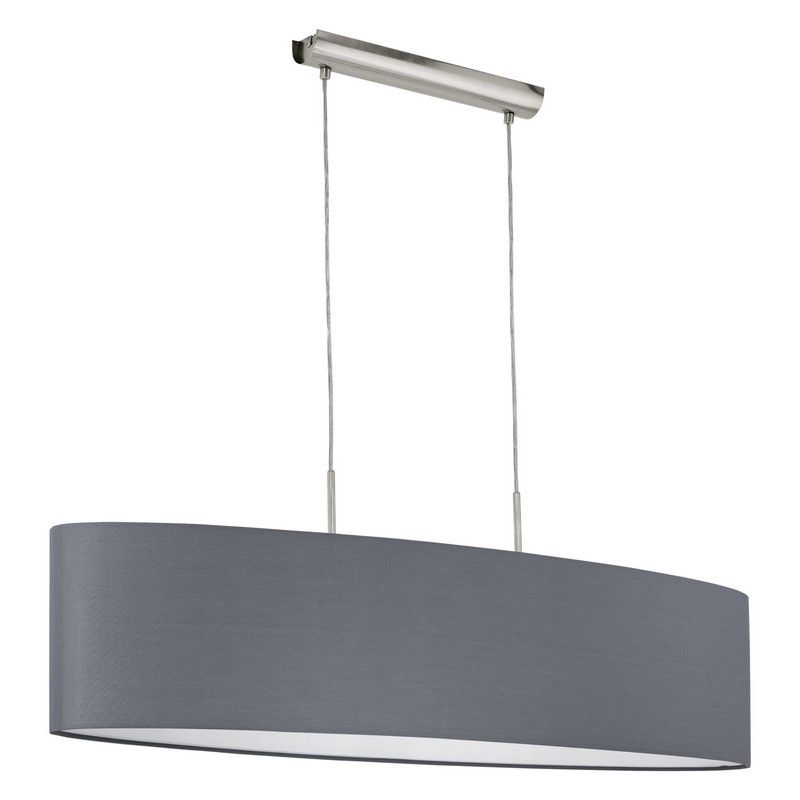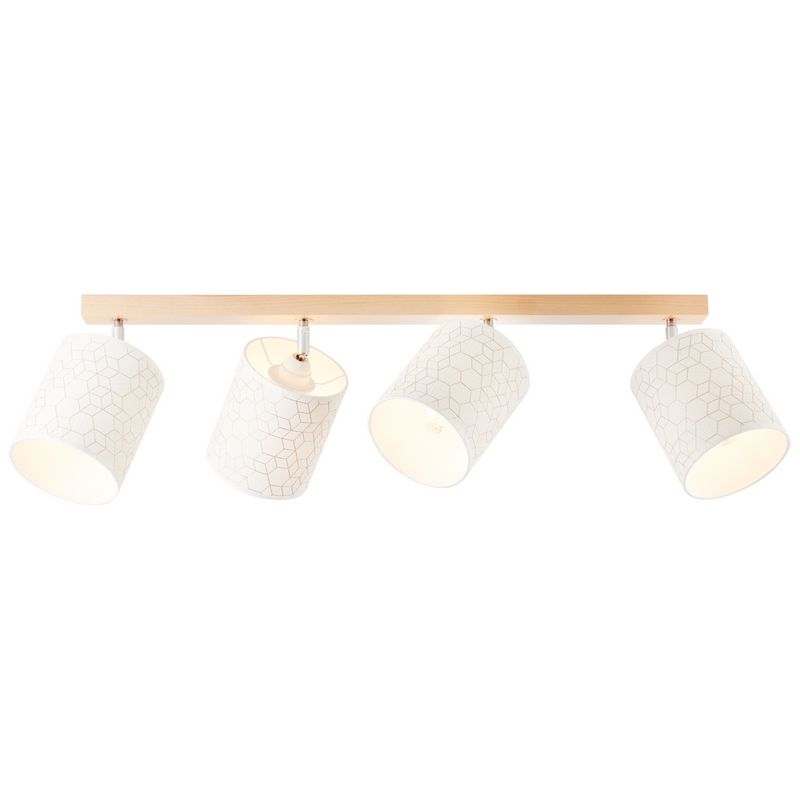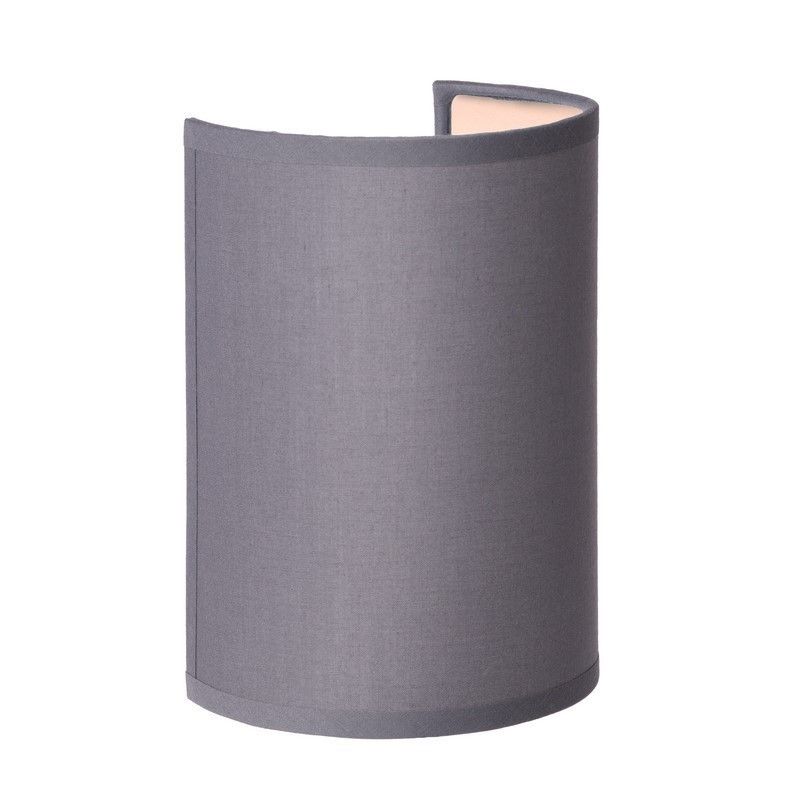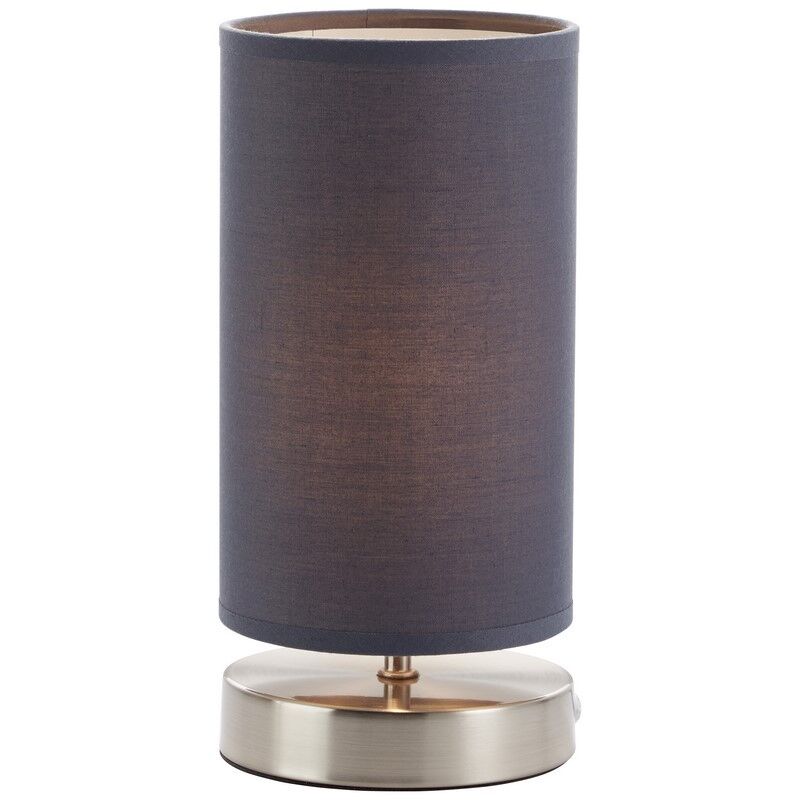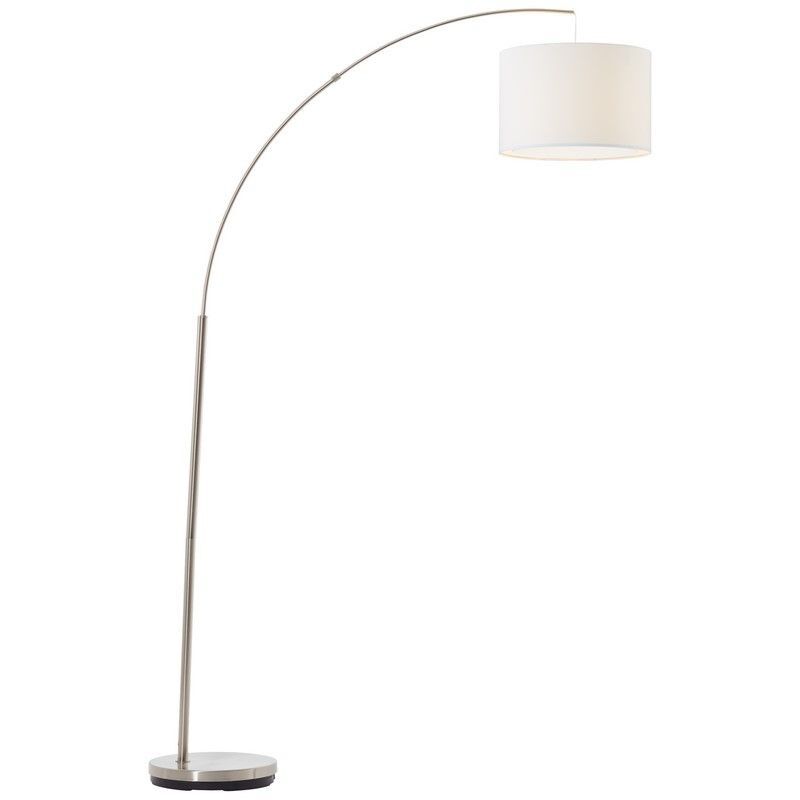Minimalist interior
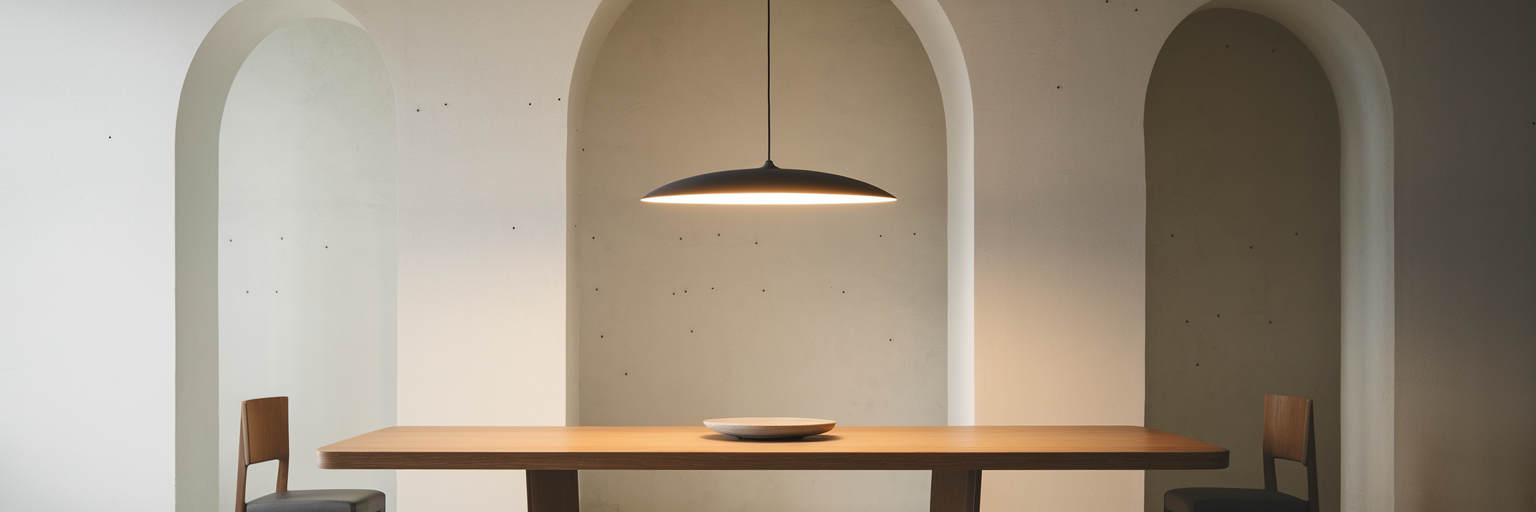
A minimalist interior celebrates clarity, calm, and purposeful design. By stripping away the non-essential, this style highlights form, light, and high-quality materials. Clean lines, generous negative space, and a restrained palette create rooms that feel airy and focused. Lighting is fundamental here: it defines zones, sculpts surfaces, and quietly elevates the architecture without stealing the show.
What defines a minimalist interior?
Minimalist spaces balance function and serenity. Furniture is streamlined and thoughtfully chosen, with an emphasis on craftsmanship and longevity. The color palette tends to be neutral—soft whites, warm greys, sand, and black accents—often grounded by natural textures like pale wood, stone, linen, and wool. Storage is integrated to keep visual noise low, while precise proportions and symmetry (or deliberate asymmetry) maintain visual harmony. Every element earns its place.
Lighting in a minimalist interior: refined and subtle
Minimalist lighting is about intention. Slim pendants or linear bars provide focused task light above dining tables and kitchen islands without visual clutter. Discreet ceiling lights—recessed or low-profile surface mounts—deliver a calm, even glow. Wall lights with simple geometry add soft, indirect light that washes planes and emphasizes texture. A carefully chosen table or floor lamp introduces a warm, human scale—think matte finishes, opal glass, and dimmable warm white for nuanced ambience. Layering these sources creates depth while keeping the composition quiet and coherent.
Minimalist lighting for your interior
How to integrate minimalist lighting effortlessly
Start with an uncluttered base: choose low-glare, dimmable warm white (2700–3000K) to keep the mood calm and consistent. Use one strong statement—like a slim linear pendant—and let supporting lights stay quiet. Hide cables and drivers where possible and favor matte finishes to reduce reflections. Layer indirect light (wall washes, cove lighting) with precise task light to shape the room without visual noise. Finally, place switches and scenes thoughtfully so you can move from focused work to soft evening ambience with ease—minimal effort, maximum effect.





